Carbon has the glamour, glass has the lion’s share
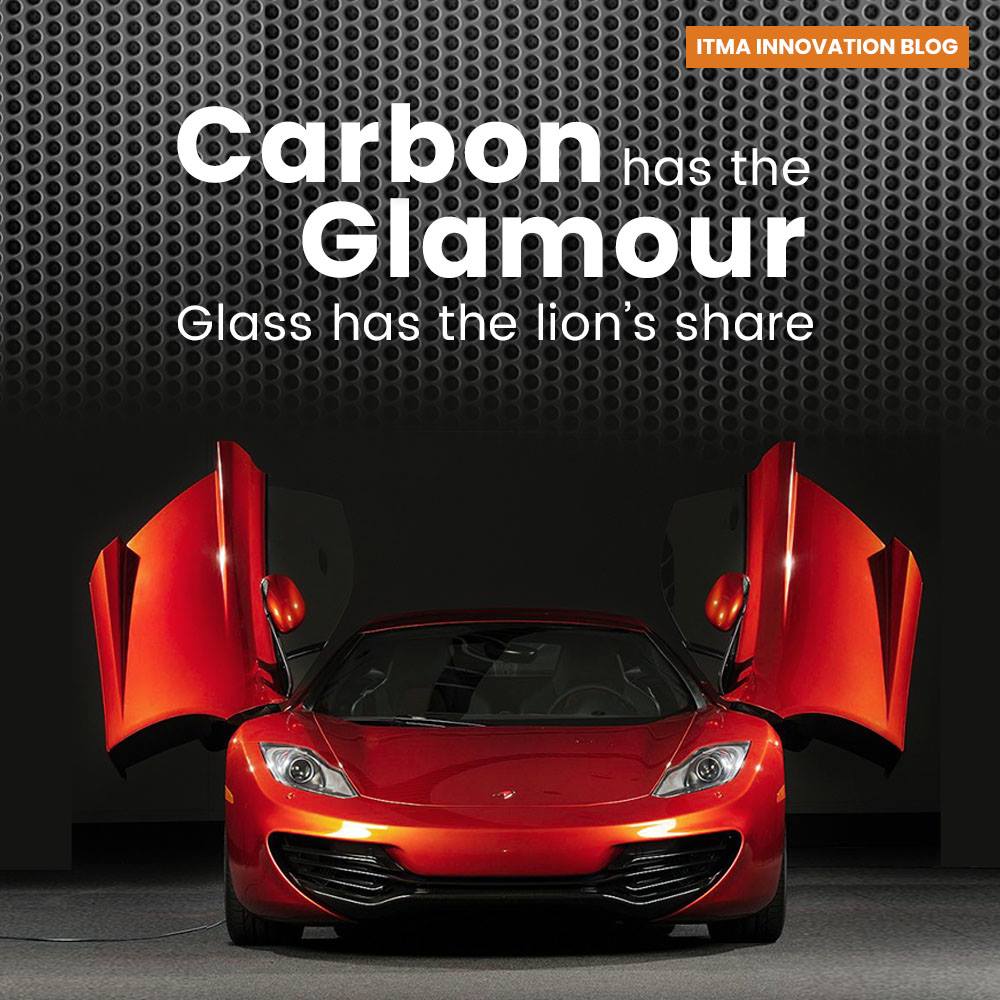
16 22
September 2027
Messegelaende HannoverGermany

The ability to create 3D reinforcement structures via both advanced weaving and knitting technologies is leading to some extraordinary advances.
Off the coast of Liverpool in the UK, for example, 32 new wind turbines have been erected over the past year or so to less fanfare than might be expected. Each is 195 metres from sea level to blade tip.
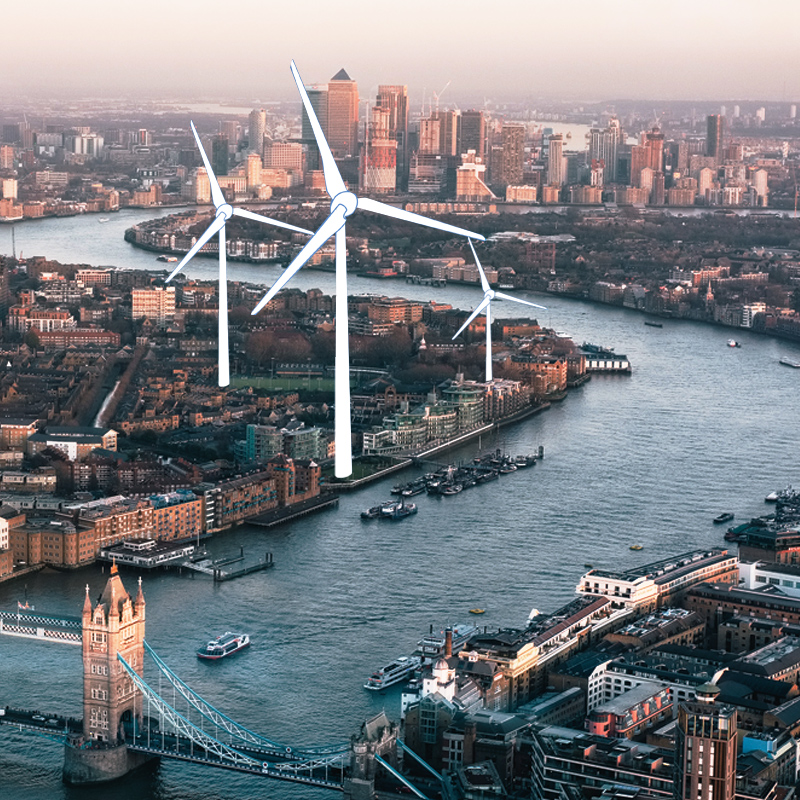
Imagine the attention these wind turbines would attract if they were to suddenly appear in the middle of a city!
Then there is the new LEAP turbofan aircraft engine, which is providing double-digit improvements in fuel consumption and CO2 emissions compared to previous models on the very latest planes, along with dramatic reductions in engine noise and exhaust gas emissions.
Some 210 of these engines have already been installed on planes in operation and over 14,000 are on order. As such, the LEAP is already the fastest-selling engine in the history of aviation.
Advanced textiles are at the core of both of these developments.
Wind Power
Extraordinary progress has been made by the offshore wind power industry, which in the past has been dismissed as too expensive and impractical in terms of the energy it is capable of generating.
However, there has recently been a dramatic fall in the costs of establishing offshore wind turbine plants which, aligned with a major leap in technical advancements accelerating their efficiency, is completely changing the equation.

Transportation of the latest wind blades can sometimes prove problematic. (Photo credit: LM Wind Power)
Companies like LM Wind Power, Siemens and MHI Vestas are now producing huge 8MW turbines, which has more than doubled what they were capable of just a few years ago and it is believed that very soon, single turbines may reach generation rates of 15MW.
Just as significantly, governments are now selecting offshore projects which will be dependent on wholesale market prices instead of being largely subsidised.
Without doubt, it is scale that has helped to reduce costs and boost capacity, not just in terms of larger wind farms, but also bigger turbines that can significantly increase energy capture and overcome supply chain challenges. An extremely competitive market is also driving down the price of projects.
Multiaxial, non-crimp fabrics which can be built up into 3D structures made on warp knitting machines are the key reinforcing structures for today’s offshore wind turbines.
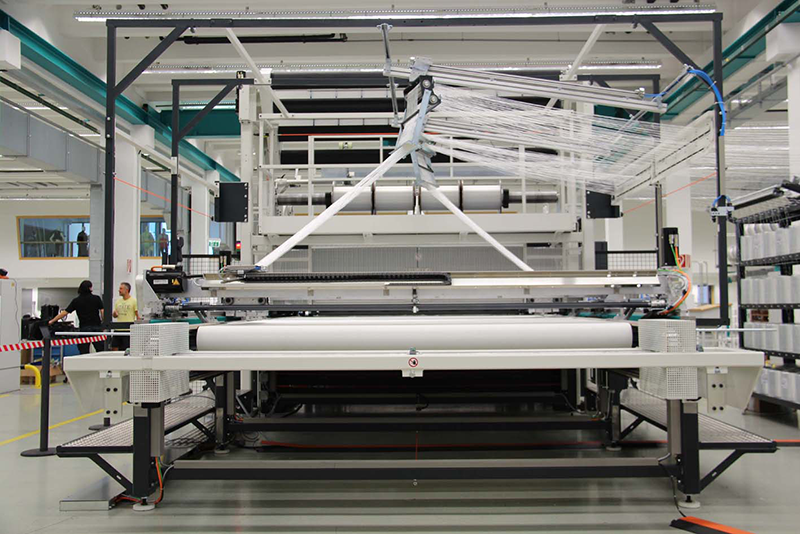
The Cop Max 4 multiaxial 3D knitting machine at Karl Mayer’s new development centre at its plant in Obertshausen, Germany. (Photo credit: Adrian Wilson)
LEAP
Meanwhile, in February this year, AEC, a division of Albany International, headquartered, in Rochester, New Hampshire, and its aerospace partner Safran, of Courcouronnes, France, opened a third plant to manufacture 3D woven components for the LEAP aircraft engine in Mexico.
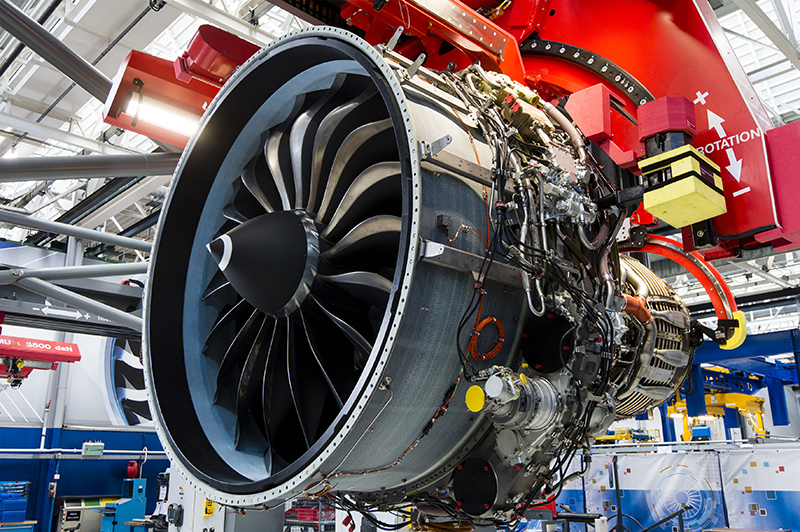
The LEAP is already the fastest-selling engine in the history of aviation. (Photo credit: Phillipe Stropa)
The LEAP engine features some of the aerospace industry’s most advanced technology, and its fan blades and fan case are made from 3D woven carbon fibre composites by AEC at existing plants in the USA and France, and now at Queretaro in Mexico.
The use of 3D woven composites makes a significant contribution to the LEAP’s performance, since it offers 15% lower fuel consumption and CO2 emissions than previous-generation engines.
As evidenced by the need for a third plant, the market for LEAP engines continues to grow at an unprecedented rate. AEC is in the process of ramping up production from the roughly 2,500 blades and 100 cases it initially manufactured in 2015 to more than 40,000 blades and 2,000 fan cases a year by 2020. This programme will account for as much as US$200 million in annual sales for AEC by 2020.
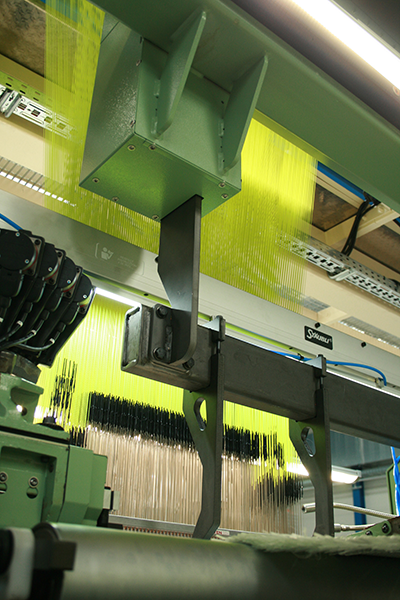
The 3D weaving machine equipped with a Stäubli Unival 100 jacquard system which is now available for trials at the Dornier CS Technology Centre in Lindau, Germany. (Photo credit: Adrian Wilson)
AEC has developed its own, proprietary 3D weaving technology, but the general principle and the use of woven carbon fibres in aircraft structures was pioneered by ITMA exhibitor Dornier, of Lindau, Germany, which now offers commercially-available 3D weaving technology.
Today, 90% of all woven carbon fibre fabrics worldwide are manufactured on Dornier’s rapier weaving machines, with 80% of the structural parts on the latest aircraft consisting of reinforced carbon fibre composites.
Expect to discover many more surprising technologies and applications for advanced technical textiles at ITMA 2019 in Barcelona.
Subscribe to our mailing list and stay up-to-date with news and developments in ITMA and the textile and garment industry.